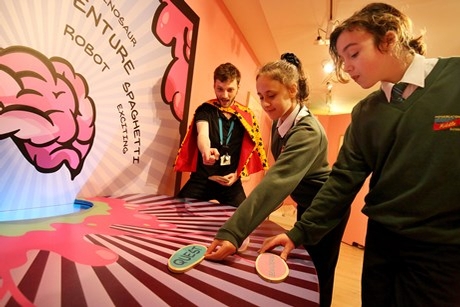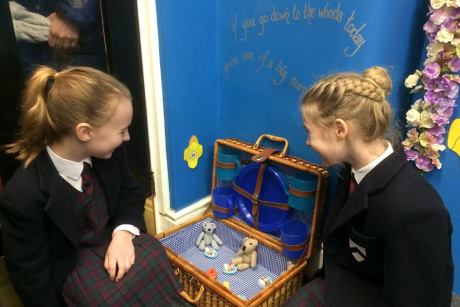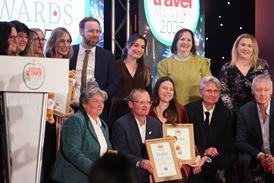Whether learning about a famous author, enjoying storytelling sessions or finding out what it was like to learn the subject in years gone by, an English-themed educational visit can instil a love of the subject.

The National Trust Museum of Childhood can be found at Sudbury Hall in Ashbourne, Derbyshire. Primary and Secondary pupils can travel back in time to experience what it was like to learn in a Victorian classroom. Children are dressed in period costume before the lesson based on the three ‘Rs’ of reading, writing and a’rithmetic.
Newcastle’s Seven Stories - The National Centre for Children’s Books is the country’s only museum wholly dedicated to the art of British children’s books. In addition to a permanent collection of work by leading authors and illustrators it hosts exhibitions such as Where Your Wings Were…Journeys with David Almond, where visiting schools can embark on a journey through the writing of the celebrated north east author. It runs until 30th June, 2019.
Jane Austen’s House Museum in Chawton, Hampshire, is the house where one of Britain’s best-loved authors lived for the last eight years of her life and wrote all her major works including Sense and Sensibility, and Pride and Prejudice. Pupils can dress in period costume for a writing workshop and can handle real and replica objects. A teachers’ pack is available with images, activities and resources to use back at school.

Housed in a traditional London town house, The Wallace Collection (pictured) offers free school sessions designed to enhance the English National Curriculum and based around its displays of 18th century French paintings, porcelain and furniture. For Key Stage 1 pupils there’s the Getting Ready for Writing session, which focuses on vocabulary enrichment with particular attention to the five senses. For Key Stage 2, there is Choose Your Words based on one of three themes; Glitz and Glamour, Far off Places or Secrets and Mysteries. Key Stage 3 and 4 groups can explore ways to decipher the paintings, as well as Creative Writing workshops.
The William Morris Gallery is the only public venue dedicated to the life and legacy of the radical Victorian designer, craftsman and campaigner. The Art of Storytelling is a workshop for Key Stage 1 and Key Stage 2 where pupils explore visual storytelling by Morris and his friends in works such as George and the Dragon and Beauty and the Beast. They will learn how to read stories in artworks and will then perform the stories to their classmates providing imaginative starting points for further creative writing back in school.
The Royal Shakespeare Company offers a range of workshops and events which take place in the Clore Learning Centre. The education team helps pupils of all abilities to access Shakespeare’s language and discover how the words of the Bard are still relevant to young people today.

Mythstories (pictured) in Wem, Shropshire, works with professional storytellers, education authorities, libraries and other organisations to promote oral heritage as an art that can be enjoyed by everyone. The museum is a purpose built, hands-on, learning environment where visiting schools have sole use of the premises. The museum houses changing displays of legends and folklore and educational groups participate in workshops and storytellings that are tailor-made for their needs.
After being forced to close in May due to damage caused by flash floods, the Roald Dahl Museum recently reopened. Situated in Great Missenden, the Buckinghamshire village where Roald Dahl lived and wrote for 36 years, the museum is aimed at children aged six and over is a fantastic springboard for English studies. It features three hands-on galleries including a replica of the ‘writing hut’ where Dahl used to write his books, and runs many school sessions for Key Stages 1 to 3.
Main Image: Children at the Seven Stories - The National Centre for Children’s Books.










